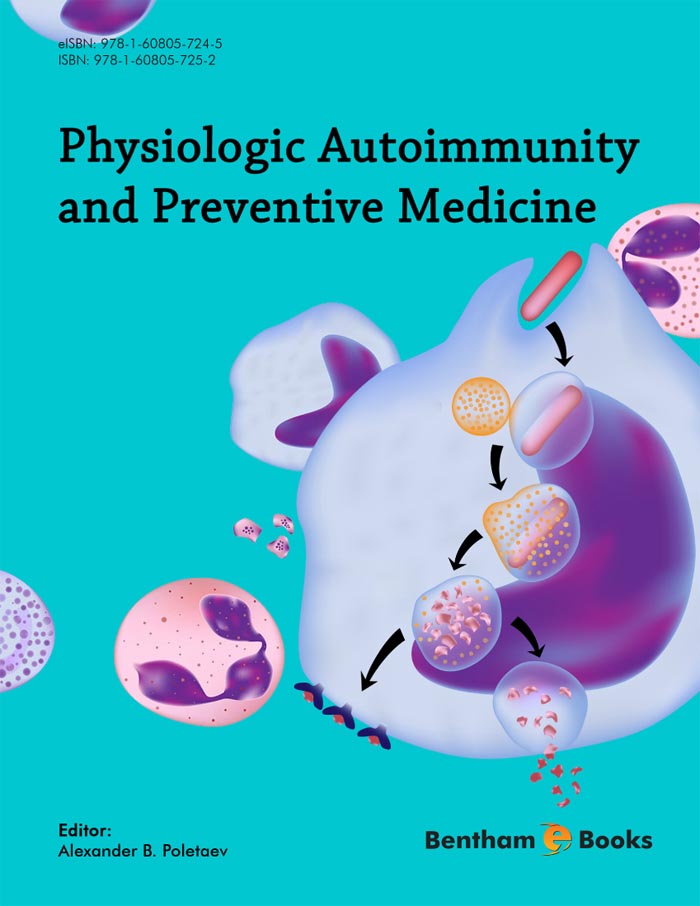Historically immunology formed as a branch of applied microbiology and generations of specialists in immunology educated by microbiologists. Therefore, “microbiological” points of view concerning predestination of the Immune System (ISYS) reproduced for decades. Essence of such views may be impressed by the phrase: the main function of the ISYS (or for precision – Adaptive Immune System) is the constant struggle against any non-selfness which gets into the host-organism (foreign antigens in microbes, cells, or particles).
This position does not permit to answer a lot of questions. For example:
-
Why ISYS is not struggling against numerous representatives of the “normal” microflora?
-
Why ISYS is not fighting against thousands paternal antigens expressed fetus?
-
If antigens which had not been presented to ISYS during early ontogenesis should be considered as non-self antigens, why ISYS does not reject the lactating breast expressing a lot of milk’ neo-antigens?
-
If the main function of the ISYS is the constant struggle why and how ISYS is involving in maintenance of general homeostasis, in regulation of tissue growth, reparation, and differentiation, in general morphogenesis and fetal development?
-
If any of autoreactivity is the sign of pathology, why autoantibodies and self-reactive lymphocytes presented in each healthy individual during all lifespan?
-
Restricted (microbiological) view about immunity has become a touchable obstacle now for practical introduction some new ideas and methods, related to pre-nosologic detection of different chronic diseases.
These and other “difficult questions” have been considered in the eBook. An attempt to take a look upon immunity from an unusual angle, and re-evaluate the biological meaning of the immune system from physiological point of view undertaken.
It is especially important: if we have to consider the immunity-autoimmunity phenomena from the position of physiology (see Chapter 1) – it automatically gives us a new ground for real construction of amazing building of future individualized prognostic-&-preventive medicine. Appropriately authors of each chapter of the eBook have to do somehow with the subject.
Let us touch the idea of preventive medicine shortly. It is well known that ancient Greek’s God of treatment, Asclepius had two daughters – Panacea (?a???e?a, Panakeia) – she was able to treat any disease – and Hygieia, ???e?a or Hygea (she was able to prevent any disease). According to the legend some ancient Chinese doctors had received their salary only if their patients – members of Emperor’s family – were healthy, and be deprived if patients were ill. Thereby the idea of preventive medicine should not be considered only as fashionable trend of recent years. But in spite of the long history this idea remains an idea, and the main occupation of modern medicine, as well as centuries ago, is not prevention but treatment of manifesting diseases. This state is directly related to inability for ordinary physician to peep into the future of observed patient and to forecast the future disease absent now.
Do consider the typical sequence of main blocks of events leading to the disease.
-
Influence of factors/agents which may become the trigger of the disease in some conditions (will be or not potentially hazard factors initiate the disease partially related to the features of individual genotype, intensity and duration of action),
-
Compensated (pre-disease) but steady changes on the molecular level,
-
Compensated (pre-disease) but steady functional changes on level of cells populations,
-
Compensated (pre-disease) but steady morphological (structural) changes on level of cells populations,
-
Partially compensated functional and morphological changes on level of tissue/organ (first signs of the disease)
-
Stages of functional decompensation – clinically developed disease
-
Recovery with more or less full rehabilitation, or death
These stages clearly indicate for evident necessity to reveal and evaluate some defined molecular changes (the Stage-2) for maximally early prediction of high-probably future disease. While most complicated and precision technologies revealing of tissue defects may operate at the best from the Stage-4.
Many hopes of practical medicine laying for achievements of molecular genetic turned to be overestimated, mostly because great influence/contribution of epigenetic factors in the development of most of the diseases. It is not concern cohort of monogenic diseases, but total contribution of the lasts in population's morbidity, and mortality is far below of 1%. Modern genetic methods may be valuable for the evaluation of probability of heart disease, or diabetes, or epilepsy, etc., expressed as individual risk level above or below of an average. However, the development of disease and the risk of disease are not considered adequate.
On the other hand, there are molecules-markers (biomarkers). Everybody is aware of such markers as abnormal blood glucose level, higher bilirubin, or steady elevated protein in urine, etc. Some biomarkers reflect peculiar changes in the main systems of the organism and many cases may be more robust and more certain pre-clinical indicators for the future or presenting disease.
Natural autoantibodies with certain antigen specificity may also be considered as prognostic useful and universal molecular markers. Steady changes in production and blood serum content of these molecules have been related directly with tissue damage of any origin and any location [1], and related to any (not only “autoimmune”!) presenting now or leading to the development of the disease [2].
Thereby the idea of preventive medicine has now acquired the firm base not only for discussion but for real building of the main constructions. By using specialized antigenic kits, we may actually to look in future changes, in the health state of observing individual. But to predict future disease, absent now, is only half of affair – how to prevent it – is equally important but far from clear aspect of the problem.
Alexander B. Poletaev
Medical Research Center “Immunculus”
Moscow
Russia
References
[1] Matzinger P. The danger model: a renewed sense of self. Science 2002; 296: 301-05.
[2] Poletaev AB. Physiological Immunology. MIKLOSH Publishers, Moscow, 2010.

